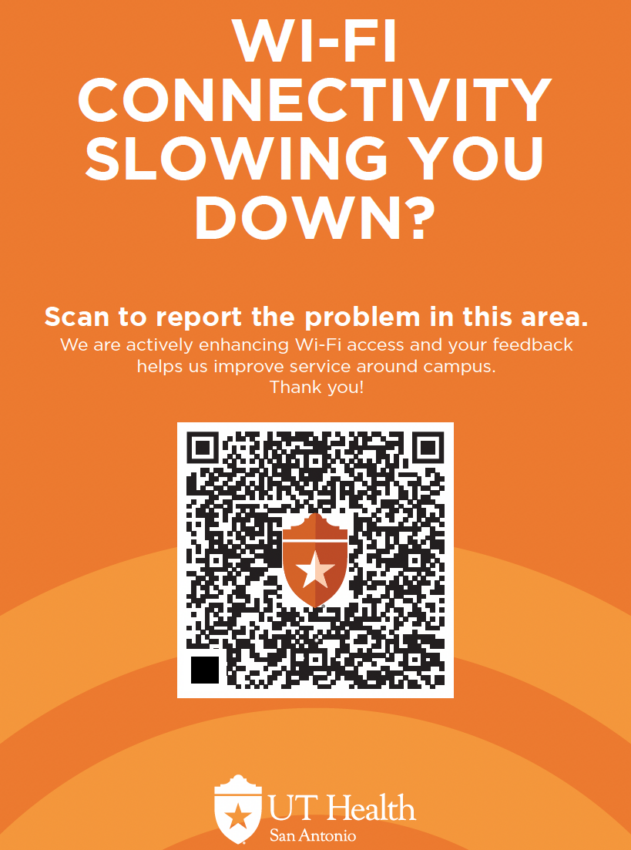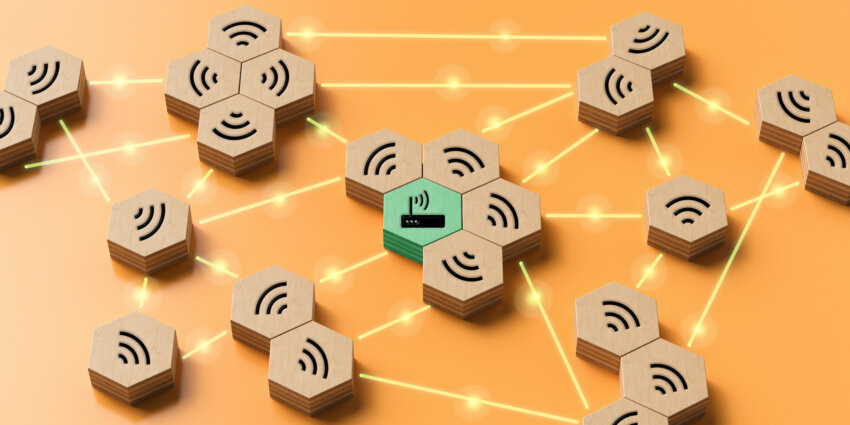Recognizing the critical role technology plays in today’s education, the university has recently taken proactive measures to extend and strengthen Wi-Fi signal and improve wireless connectivity.
In addition to network infrastructure improvements, including upgrading the cellular network to 5G, modernizing audiovisual equipment and installing more than 300 new Wi-Fi access points throughout the campus, the university also launched a survey-based initiative allowing for students to report in-the-moment feedback about their connectivity issues. The feedback from these surveys has been instrumental in guiding and the upgrades and installation process.
With a total of 475 submissions since the survey launched on Jan. 8., feedback has indicated that large classrooms with voluminous network use, like lecture hall 104 by the Starbucks and ALTC 3.304, reported the most issues. Using that info, the installation team mobilized to reconfigure and test those specific areas.
“This is a first for me on a new install,” said Yeman Collier, vice president and chief information officer at UT Health San Antonio. “We’re using real-time feedback to configure and tune a Wi-Fi environment by location.”
Collier described a recent lab session in ALTC 3.304 that had around 270 students using the network at once, with an average of 3.7 devices per student (laptops, phones, smart watches, tablets, etc.). Real-time scanning for usage and performance showed large volumes of concurrent data transfer during the lab session, a scenario that previously made the old system vulnerable to performance issues. But after targeted reconfiguration informed by survey feedback, “the new Wi-Fi solution barely broke a sweat,” Collier said. The survey feedback received after the session underscored the improvement, with a 92% reduction in reported issues in that location compared to previous weeks, he noted.

Students and other network users are encouraged to continue to provide survey feedback to support the university’s connectivity improvement efforts. Look for a QR code on flyers, banners and small, square stickers posted around campus. Scanning the QR code will take you to a very brief survey where you can report connectivity issues in seconds. This feedback will help the university’s comprehensive effort to ensure seamless access to online resources for efficient learning.


